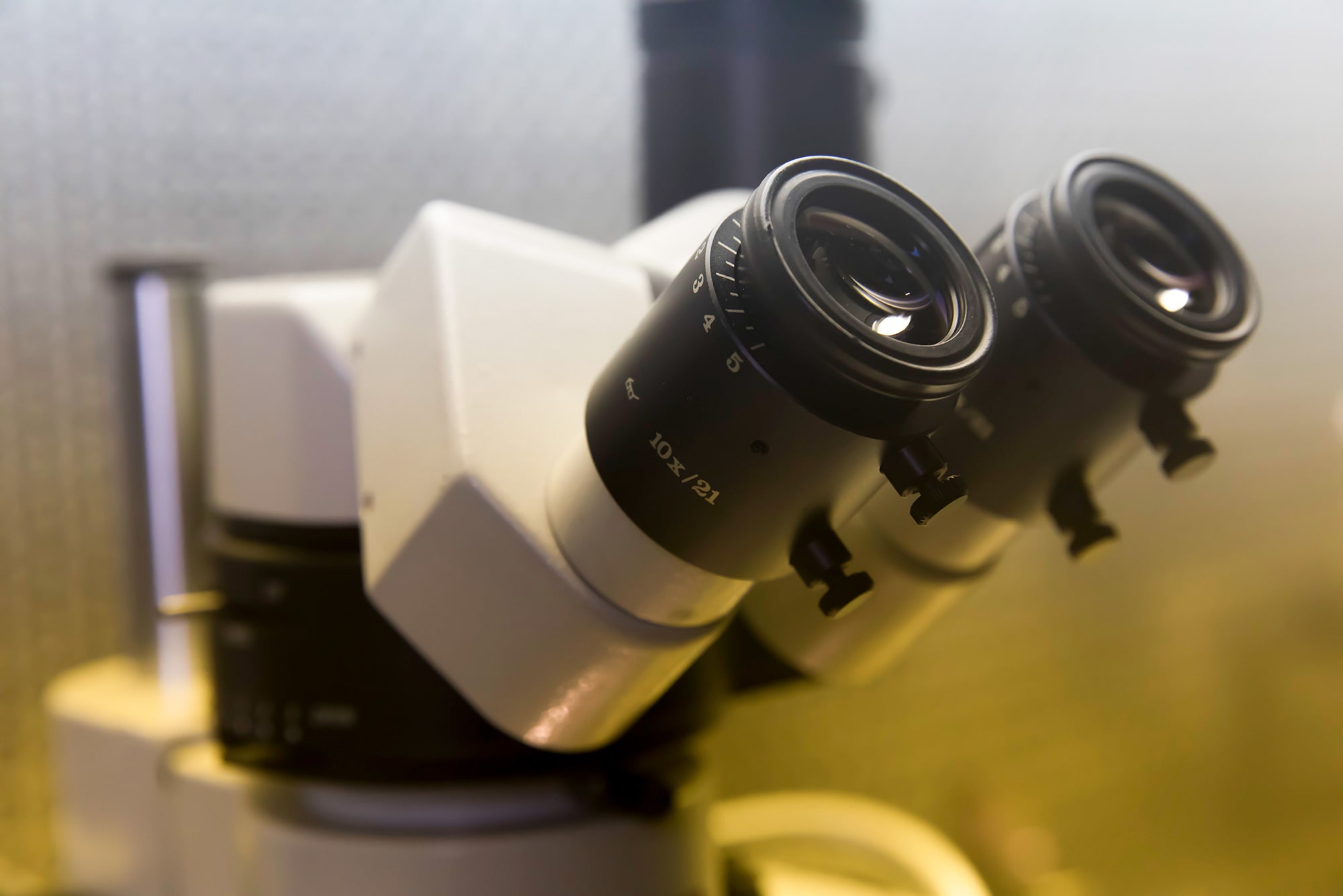Ostrow researchers gain greater insight into cells fueling craniofacial development

Posted
15 Dec 20
The findings, published in the journal Science Advances, could mean more effective treatment (and even prevention) for craniofacial defects.
CRANIOFACIAL BIRTH DEFECTS, WHICH INCLUDE CLEFT LIP, CLEFT PALATE, jaw deformities and malformed or missing teeth, are among the most common of all birth defects.
Cleft lip and cleft palate alone occur in 1 in 1,000 live births.
But what if, one day, we could prevent such disorders altogether by intervening during embryonic development?
Ostrow researchers could be one step closer to doing just that, as a result of findings published in the journal Science Advances.
In the article, titled “Spatiotemporal cellular movement and fate decisions during first pharyngeal arch morphogenesis,” researchers from Ostrow’s Center for Craniofacial Molecular Biology have traced the fate of a special population of cells known as cranial neural crest cells.
These cells, which contribute to the development of facial skeletal structures, cartilage, dental pulp, periodontal and connective tissue as well as the nervous system, migrate over time during embryonic development to their final destination, where they help to pattern and build specific types of tissue.
During this migration, the cells, which start as relatively undifferentiated progenitor cells, undergo a cascade of binary fate decisions, giving rise to multiple lineages responsible for the development of different types of tissues.
While researchers already knew of some of the patterning domains within the lower jaw, the findings presented in this article gave them a more refined map for how different cranial neural crest cell subpopulations migrate along multiple distinct paths to their various destinations.
“We now have a detail ‘ZIP code’ map of where those progenitor cells reside and how they move around to reach their final destinations while acquiring their specific fates and contributing to craniofacial morphogenesis,” said Associate Dean of Research Yang Chai PhD ’91, DDS ’96, lead author of the article, alongside Postdoctoral Scholar Yuan Yuan.
More importantly, for translational purposes, researchers now know the precise location of the cranial neural crest cells that contribute to the formation of key structures in the face and how disruption of the progenitor cells may lead to specific craniofacial malformations.
“Dr. Yuan Yuan, the lead postdoctoral researcher, developed this entire study in collaboration with USC Bioinformatics Service,” Chai said “His leadership and dedication made it possible to complete this landmark study despite the challenges during this pandemic.”
In addition to Yuan and Chai, CCMB researchers who contributed to this article include Xia Han, Jifan Feng, Thach-Vu Ho, Jinzhi He, Junjun Jing, Kimberly Groff and Alan Wu. Yong-hwee Eddie Loh of the Bioinformatics Service of the Keck School of Medicine of USC also contributed.